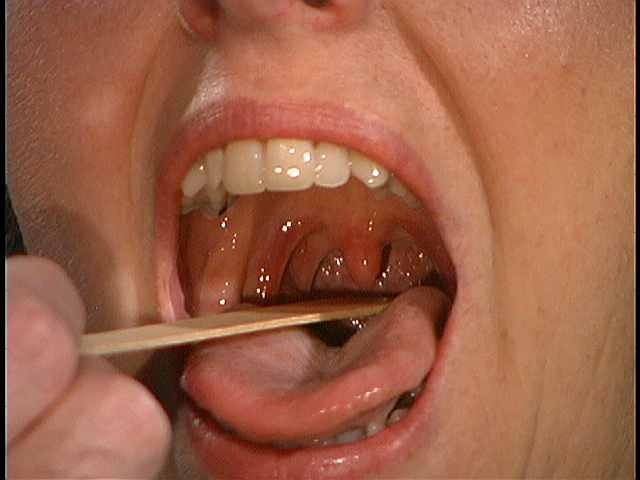Introduction
The irreversible cessation of all brain activity, including that of the brainstem and cerebral cortex, is known as brain death. In clinical settings, determining brain death is a crucial process, particularly when making decisions about organ donation and life support withdrawal. This blog talks about the Doll's Eye Reflex, Cold Caloric Test, Gag Reflex, and Vestibular Reflex—the four main tests used to evaluate brainstem function.
1. The Doll's Eye Reflex (Oculocephalic Reflex)
The Doll's Eye reflex is an oculocephalic response that assesses brainstem function. This test is based on the idea that if the brainstem is working properly, the eyes should to turn in the opposite direction when the head is turned.
Procedure:
The patient's eyelids are gently opened.
The examiner rapidly but carefully rotates the head from side to side or flexes it up and down.
Normal Response: The eyes move opposite to the direction of head movement. For example, if the head is turned to the right, the eyes move to the left.
Abnormal Response: A lack of eye movement indicates a non-functional brainstem. This test cannot be performed in cases of cervical spine instability.
- Clinical Significance: The absence of the Doll’s Eye reflex suggests brainstem dysfunction, supporting a diagnosis of brain death when combined with other tests.
The Cold Caloric Test assesses the vestibulo-ocular reflex, which depends on an intact brainstem.
Procedure:
Ensure the patient's tympanic membrane is intact.
Elevate the head to 30 degrees to align the horizontal semicircular canals.
Instill approximately 50 mL of cold water (0–5°C) into one ear canal using a syringe.
Normal Response: The eyes will deviate toward the irrigated ear, followed by a nystagmus (rapid movement) in the opposite direction. This response indicates an intact brainstem.
Abnormal Response: No eye movement occurs in patients with brainstem death. Absence of this reflex is a critical indicator.
Considerations: Ensure no ear pathology that might affect the results. This test can cause discomfort, so it’s only performed in unresponsive patients.
3. Gag Reflex (Pharyngeal Reflex)
The gag reflex is a brainstem-mediated response to stimulation of the posterior pharyngeal wall.
Procedure:
Using a sterile swab or tongue depressor, gently stimulate the posterior pharynx or soft palate.
Normal Response: Contraction of the pharyngeal muscles causing gagging or retching.
Abnormal Response: Absence of a gag reflex indicates dysfunction of cranial nerves IX (glossopharyngeal) and X (vagus), which are coordinated in the brainstem.
Clinical Significance: Loss of the gag reflex, when accompanied by other absent brainstem reflexes, is a significant indicator of brain death.
4. Vestibular Reflex (Vestibulo-Ocular Reflex)
The vestibular reflex maintains gaze stability by coordinating eye movements with head movements.
Assessment in Brain Death Testing:
This reflex is indirectly assessed through tests like the Doll’s Eye reflex and the Cold Caloric Test.
Absence of eye movements in both tests confirms the loss of vestibulo-ocular reflexes.
Clinical Insight: A functional vestibulo-ocular reflex signifies intact connections between the inner ear, brainstem, and extraocular muscles.
Conclusion
The Doll’s Eye Reflex, Cold Caloric Test, Gag Reflex, and Vestibular Reflex are cornerstone assessments in the determination of brain death. Each test targets specific components of brainstem function, ensuring a comprehensive evaluation. Brain death testing is meticulously standardized to exclude confounding factors like drug intoxication, hypothermia, or metabolic disturbances. These tests, combined with ancillary studies like EEG or cerebral blood flow imaging, provide a robust framework for confirming brain death.




.jpeg)

No comments:
Post a Comment